| Structure | Name/CAS No. | Articles |
|---|---|---|
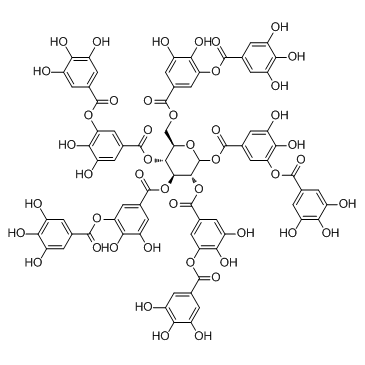 |
Tannic acid
CAS:1401-55-4 |
|
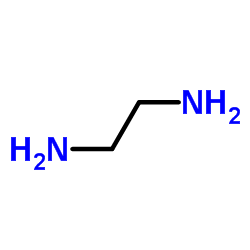 |
1,2-Ethanediamine
CAS:107-15-3 |
|
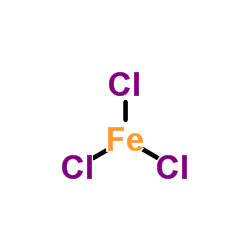 |
Ferric chloride
CAS:7705-08-0 |
|
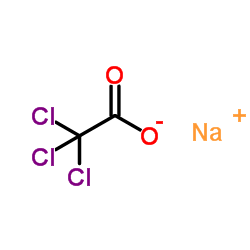 |
Sodium TCA
CAS:650-51-1 |
|
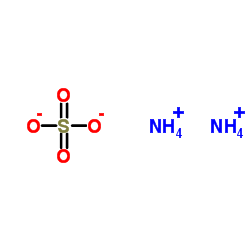 |
ammonium sulphate
CAS:7783-20-2 |
|
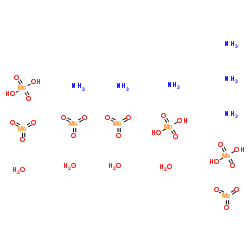 |
Ammonium molybdate tetrahydrate
CAS:12054-85-2 |
|
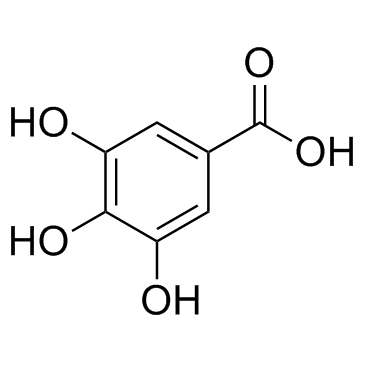 |
Gallic acid
CAS:149-91-7 |
|
 |
Potassium acetate
CAS:127-08-2 |
|
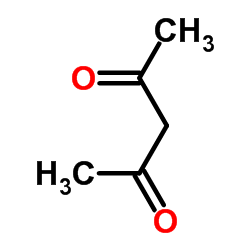 |
2,4-Pentandione
CAS:123-54-6 |
|
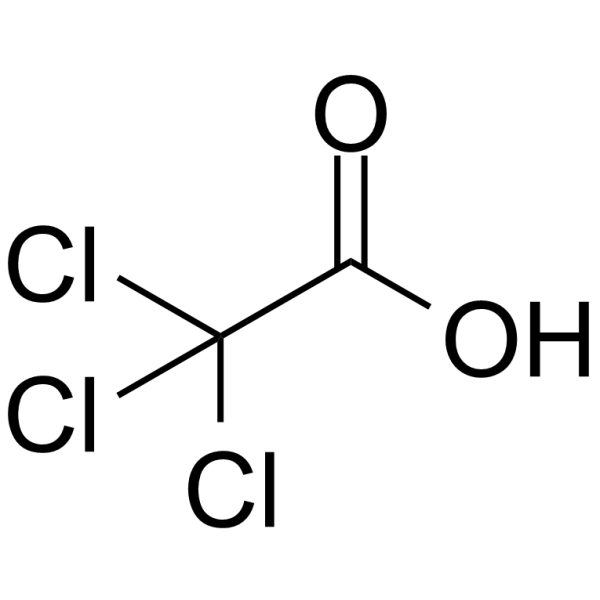 |
Trichloroacetic acid
CAS:76-03-9 |